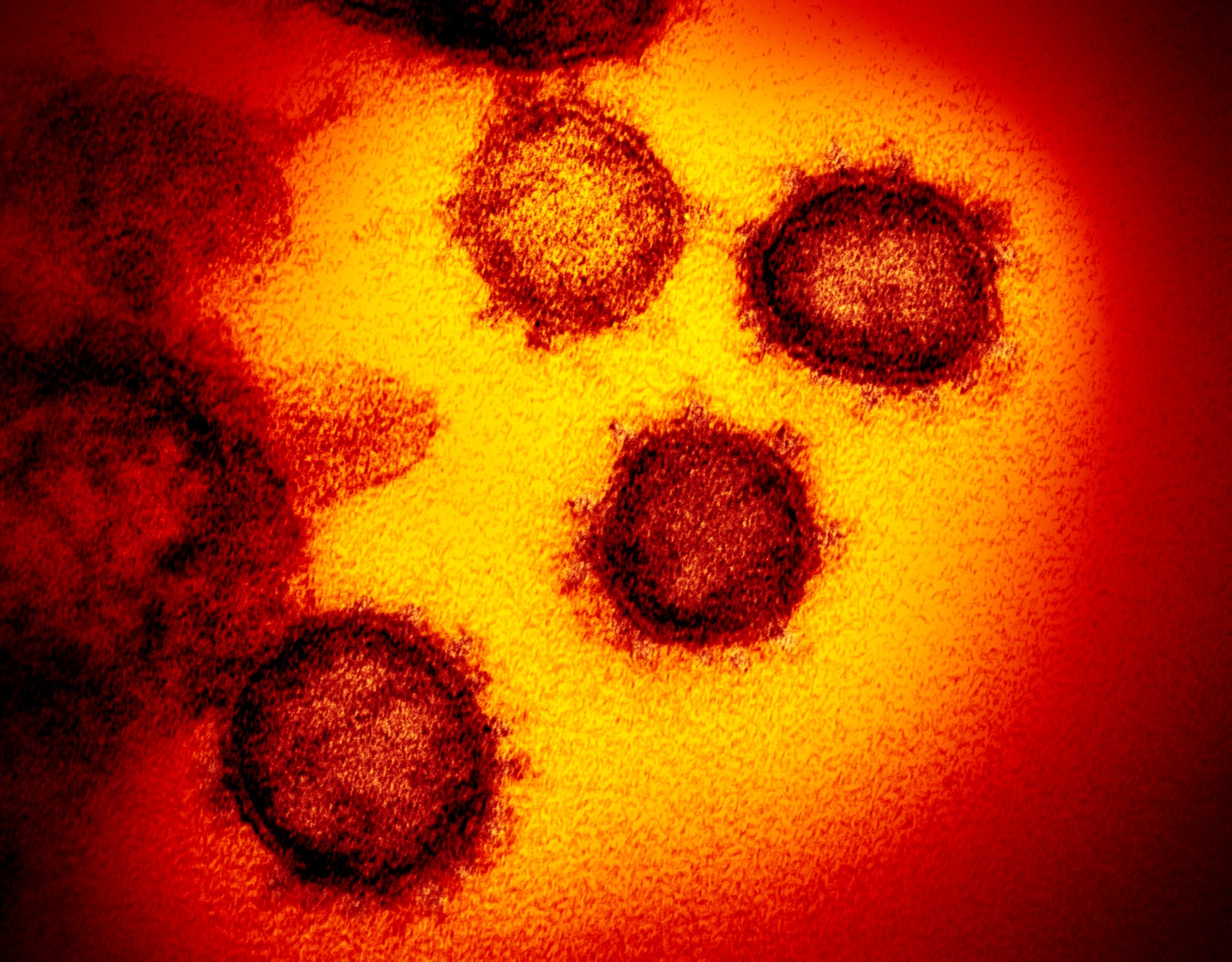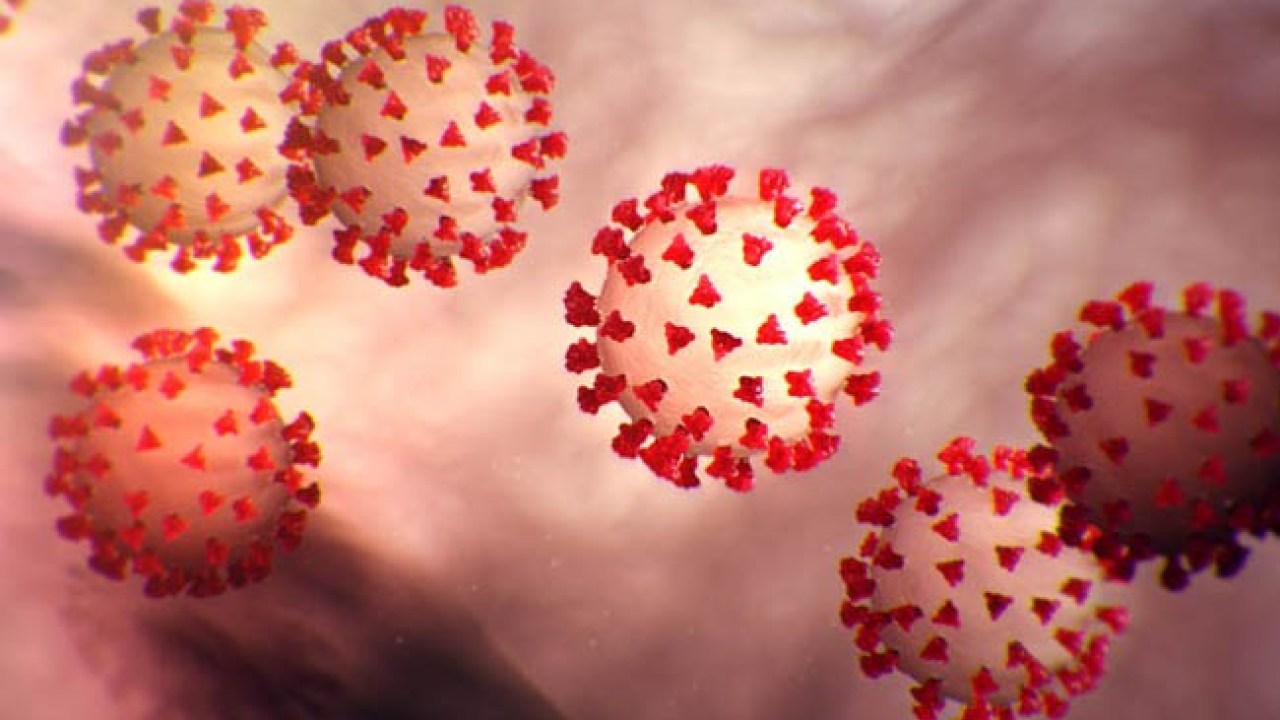KANSAS CITY, Mo. — The coronavirus pandemic has repeatedly been compared to the flu pandemic of 1918. Only it was much worse.
The Spanish Flu killed an estimated 50 to 100 million people globally, more than all of the casualties of the Great War. The second wave of the outbreak came during the fall of 1918 and was more deadly than the original onslaught, leaving us to question “Is history about to repeat itself?”
Some of the black and white images from 1918 look eerily familiar. Signs announcing massive shutdowns of schools, churches and businesses, masks, makeshift tent hospitals. All because of a mysterious illness, so contagious that one-third of the world’s population was eventually infected.
The symptoms included a cough, fever, and respiratory distress that led to pneumonia and often a quick death.
It was labeled “The Spanish Flu” because journalists in the neutral country of Spain were largely uncensored and first reported the outbreak. The rest of the world wouldn’t report the news that illness was sweeping through military ranks everywhere. They were told to keep it quiet because it would crush morale and hamper the war effort.
In the United States the first case may have actually been at a military base in Kansas. According to the Senior Curator of the National World War One Museum and Memorial, Doran Cart, “In 1918, there was a training camp called Camp Funston near Fort Riley, and the first recorded instance of the flu in the United States was there. It quickly spread throughout this Camp where thousands of soldiers were crammed very close together.”
During its recent closure due to Covid-19, staff at The World War One Museum is engaged in a special project, transcribing thousands of letters, diaries and journals written during The Great War. A letter from U.S. soldier George Balanger to his sister was dated October 5th, 1918. He was stationed at Fort McKinley off the coast of Maine. He tells of deaths and burials from the flu on base. Part of the letter reads, “It’s certainly makes a fellow feel sorry when he reads the deaths of all those people which he knew so well and some were friends. I deeply sympathize with the stricken families. I hope God will spare you all from it.”
When the war ended in November of 1918, people in America started to remove their masks and gather again, celebrating with huge victory parades. They believed the war and the pandemic had finally ended. But according to Cart, the worst was yet to come. “All these people gathered, and it just exploded into the second wave.”
This week, as some city’s and states start to re-open, historians can’t help but wonder whether we’ve learned anything from the past. “You can’t really say something is completely done if you don’t know what caused it in the first place,” Cart said.
In an interesting side note, according to Cart, President Donald Trump’s grandfather, Fred Trump died of the virus in 1918 after a trip to Alaska.
Certainly medicine was much different 100 years ago. Things like ventilators, vaccines, antibodies and even hand washing were either rudimentary or non-existent. But the social controversy over staying sheltered for health purposes or reopening for economic recovery raged in the midst of both pandemics.
Unfortunately in 1918, some cities reopened too soon, and the decision proved deadly for millions.






























